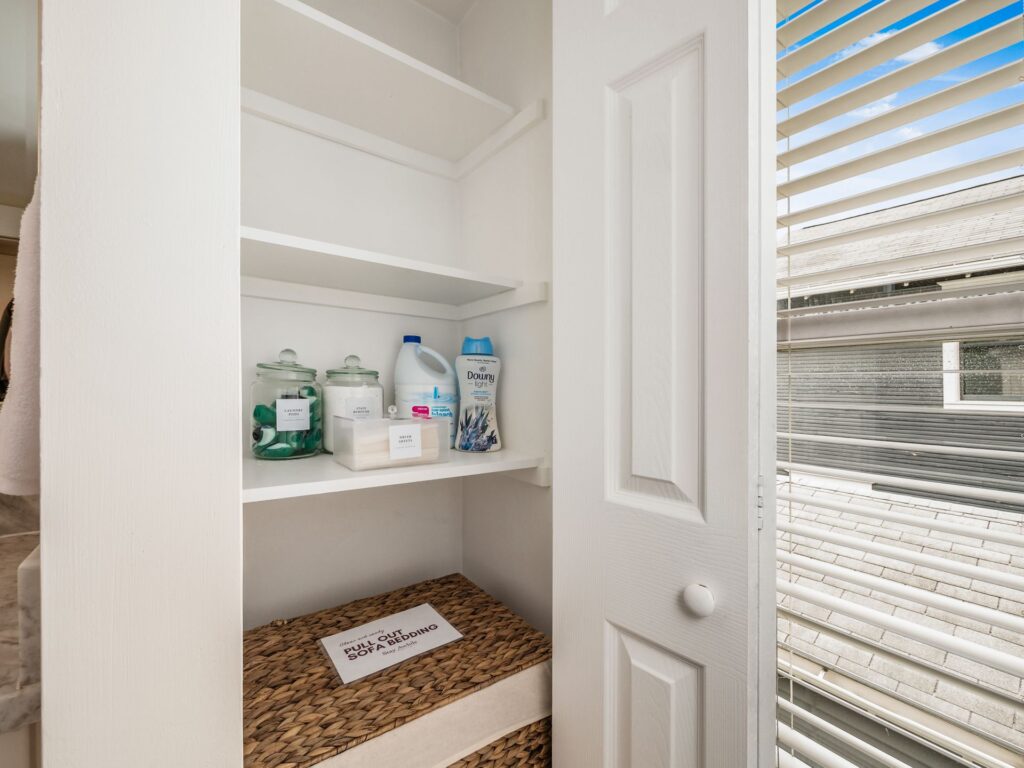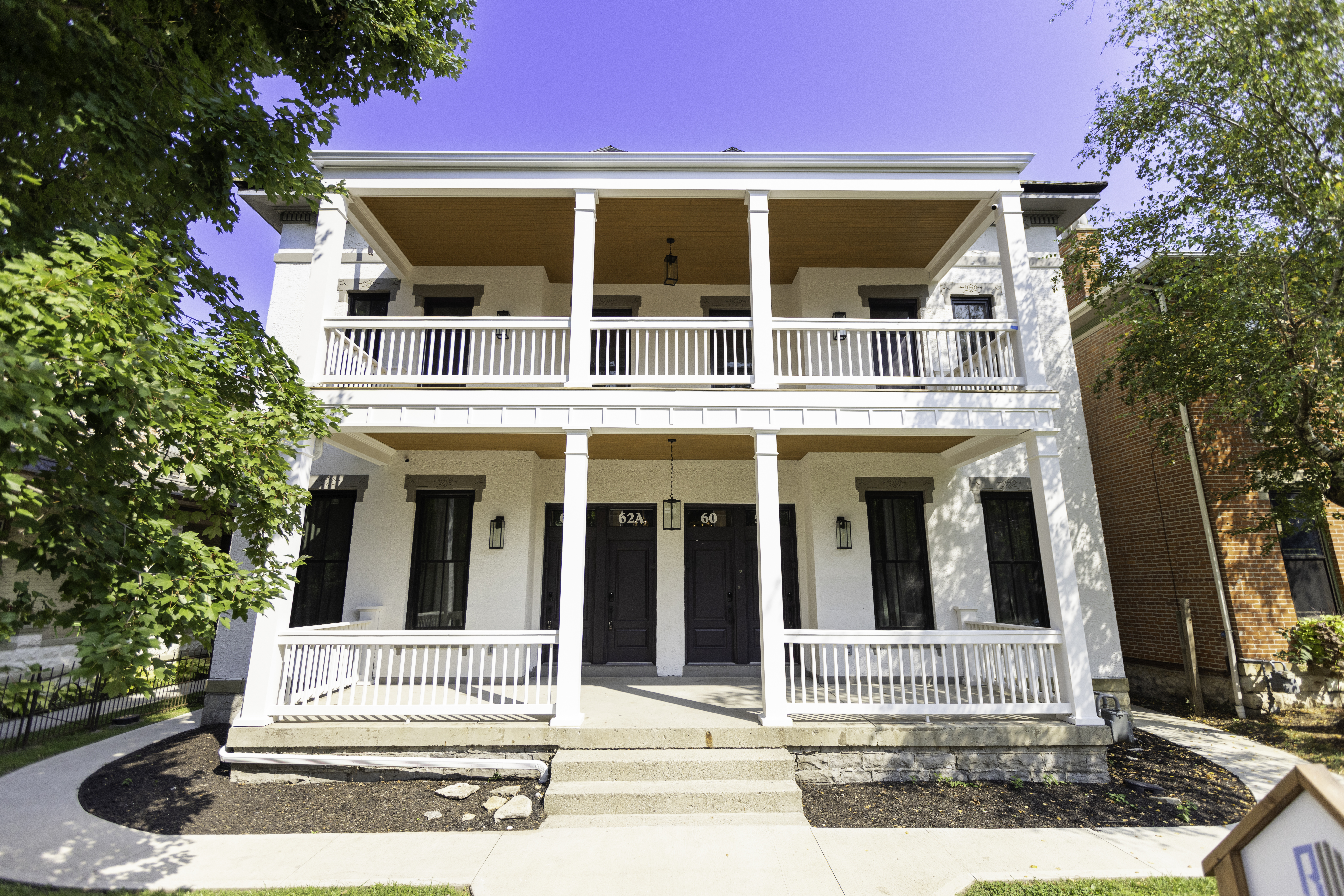
Ultimate Guide to Profitable Investing
Owning a short-term rental property can be a fantastic opportunity to generate rental revenue and build wealth. However, it’s not as simple as buying an investment property and listing it online. If you truly desire success, conducting a short-term rental market analysis is crucial before you spend a single dollar.
It’s easy to get caught up in the excitement of owning a vacation rental and imagine a constant flow of bookings. But, without careful planning and a realistic understanding of the financials, your dream investment can quickly transform into a costly nightmare. That’s where short-term rental analysis comes in. This process, often overlooked by eager investors, is your key to mitigating risk. A robust analysis helps you make sure your investment decisions align with your financial goals.
Table Of Contents:
- Ultimate Guide to Profitable Investing
- Why is Short-Term Rental Analysis So Important?
- The Nitty-Gritty: Key Metrics in Short-Term Rental Analysis
- 1. Cash Flow: The Lifeblood of Your Investment
- 2. Cash on Cash Return: How Fast Will You Recoup Your Investment?
- 3. Debt Service Coverage Ratio (DSCR): Can Your Rental Cover its Debts?
- 4. Cap Rate: Assessing Investment Performance
- 5. Lifestyle Investment Factor: Blending Investment with Personal Enjoyment
- Revealing the Hidden Expenses: The Make-or-Break Factors
- Conclusion
- Informed Investing = Profitable Investing
- Calling All Hosts: The Hosting Handbook
Why is Short-Term Rental Analysis So Important?
Short-term rental analysis might sound complicated, but it’s essentially answering one simple question: Is this property, in this location, going to make money?
A comprehensive rental market analysis will look into every aspect of the potential investment. It considers various factors, including location demand, property types, market demand, expenses, and projected revenue, to determine its profitability. This detailed assessment provides you with the data-driven insights needed to make informed investment choices. You can’t simply rely on guesswork; data-driven insights from platforms like PriceLabs and resources such as our Know Your Numbers worksheet, equip you to forecast potential income and occupancy rates. This approach provides a clearer picture of the potential return on investment (ROI).
The Nitty-Gritty: Key Metrics in Short-Term Rental Analysis
Let’s discuss some crucial factors you need to examine closely:
1. Cash Flow: The Lifeblood of Your Investment
Cash flow represents the net income generated by your rental properties after deducting all operating expenses. These expenses include mortgage payments, property taxes, insurance premiums, utilities, maintenance costs, and more. It’s important to factor in both fixed costs that remain relatively stable over time, and variable expenses that can fluctuate depending on factors such as guest occupancy and seasonal demands.
Remember, cash flow is the money in your pocket, not just projected figures. Positive cash flow means your rental is covering its own costs and putting money in your bank account each month. This allows you to reinvest profits into other properties, expand your portfolio, and achieve financial independence.
2. Cash on Cash Return: How Fast Will You Recoup Your Investment?
This metric focuses on the rate of return based on your initial cash investment. If you put down 20% on a property and net $10,000 in profit after a year, your cash-on-cash return is an impressive 50%. A high cash-on-cash return signifies a faster return on your initial investment.

Determining a ‘good’ rate is subjective. Aggressive investors aim for a high rate like 30% to fuel rapid portfolio growth. Others in long-term real estate may find 5-12% acceptable. Analyze your financial goals, timeline, and risk tolerance. Are you prioritizing rapid returns for reinvestment or seeking steady, long-term growth?
We cover this in detail in our Hosting Handbook. In this program, you’ll here from us as well as other experts in the financial realm of the STR world.
3. Debt Service Coverage Ratio (DSCR): Can Your Rental Cover its Debts?
Imagine the income your rental property generates as a separate entity. The DSCR measures its ability to cover its mortgage payments (both principal and interest). A ratio of 1.0 means the property’s income exactly matches the mortgage payment.
Most lenders require a DSCR of 1.2 or higher, indicating that the rental income sufficiently covers debt obligations, ensuring a buffer for unforeseen expenses.
4. Cap Rate: Assessing Investment Performance
The capitalization rate compares the property’s net operating income (NOI) with its market value. It provides a snapshot of the potential return on your investment. Generally, a higher cap rate indicates a higher potential for profitability.
However, keep in mind that this doesn’t consider factors like mortgage payments, so it’s best used as a comparative tool among similar properties in a particular market.
5. Lifestyle Investment Factor: Blending Investment with Personal Enjoyment
For some, investing in a vacation rental property represents an opportunity to own a slice of paradise. Perhaps it’s a beachfront condo, a charming cabin, or a chic city apartment. If your objective includes personal use, it will significantly impact the way you approach the analysis.
Your priorities might shift, as the emotional benefits become part of the equation. A break-even cash flow or slightly lower cap rate might not be a dealbreaker, because you’re also getting a vacation home. This personal element introduces a unique dimension to the investment calculation.
When planning and staging your property, you always want to imagine yourself as a guest. What amenities and resources would you love to see at the property? Be sure to keep it fully stocked those needs. Check out Amazon Store right here for some of our favorite suggestions.
Revealing the Hidden Expenses: The Make-or-Break Factors
Analyzing short-term rental deals requires a discerning eye; many expenses remain invisible to traditional long-term rental calculations. It’s in uncovering and factoring in these “hidden costs” that you gain a genuine understanding of a property’s profit potential. So let’s discuss those frequently overlooked expenses:
Furnishing Costs
Think beyond just beds and sofas; the furniture you select directly impacts your guests’ experience. This is a hefty upfront expense, but remember, stylish, comfortable furnishings enhance the perceived value of your rental, attracting more guests and commanding higher rates. Invest wisely. Consider durable, aesthetically pleasing pieces.
We highly recommend checking out HostGPO or Minoan to furnish your rental. With these programs, you can get discounts on your home furnishings, decor, and consumables. Check out our Trusted Tools for more information.
Utilities
Be mindful that guests’ habits differ from yours. Always expect higher utility usage compared to a primary residence. Account for variations based on seasonality and occupancy. Factor this into your budget; overestimate to ensure you are not surprised by unexpectedly high bills during peak seasons.
Cleaning and Laundry
A clean and inviting space is fundamental to positive guest reviews. Build in costs for professional cleaning between each guest stay. Factor in the cost of high-quality, long-lasting linens, towels, and their inevitable replacement due to wear and tear.
A well-stocked linen closet and efficient cleaning routines are not optional; they are necessities to consider in your cost analysis.
Consumables

The little things matter. Replenishing everyday items makes a big difference in guest satisfaction and your overall costs. Incorporate the costs of toiletries, basic kitchen supplies, coffee, tea, and even a thoughtful welcome basket into your financial projections.
Technology
From property management software to high-speed Wi-Fi and smart home gadgets, technology enhances both the guest experience and your operational efficiency. Remember, these come with ongoing subscription fees and occasional upgrades that need factoring in.
Insurance
Don’t skimp on insurance. Standard homeowner’s insurance is insufficient. Short-term rental insurance offers broader liability coverage tailored to the unique risks involved in renting to short-term guests. Obtain quotes from reputable insurers to accurately budget. It’s always best to be prepared for the unexpected.
Online Travel Agency (OTA) Fees
OTAs like Airbnb, VRBO, and Booking.com connect you with potential renters. This service comes at a cost. Factor their commission fees, typically a percentage of each booking, into your calculations. Don’t let hidden charges take you by surprise; keep track of those OTA fee fluctuations.
Maintenance
Be prepared. Short-term rentals experience more wear and tear due to higher guest turnover. Establish a realistic maintenance budget that anticipates repairs, replacements, and preventative measures to keep your property in tip-top shape. Anticipating these costs helps you make proactive maintenance a priority and prevents unforeseen repair bills from draining your cash flow.
| Expense Category | Description | Example Costs |
|---|---|---|
| Furnishing Costs | Furniture, decor, appliances, kitchenware, linens | $5,000 – $20,000+ (depending on size and quality) |
| Utilities | Electricity, gas, water, heating, cooling, internet | Variable, estimate higher usage than a primary residence |
| Cleaning and Laundry | Professional cleaning between stays, linen replacement | $50 – $150 per cleaning, $100 – $500 per year for linens |
| Consumables | Toiletries, cleaning supplies, coffee, tea, welcome basket items | $5 – $10 per guest, ongoing replenishment costs |
| Technology | Property management software, Wi-Fi, smart home devices | Software subscriptions: $50 – $200 per month, device costs vary |
| Insurance | Short-term rental insurance policy (liability and property coverage) | $1,000 – $3,000+ per year (depending on coverage and location) |
| Online Travel Agency (OTA) Fees | Commission fees charged by platforms like Airbnb, VRBO, Booking.com | Typically 3-5% per booking |
| Maintenance | Regular upkeep, repairs, appliance replacements, landscaping | Set aside 1-3% of property value annually for ongoing maintenance |
Informed Investing = Profitable Investing
In the short-term rental industry, a thorough and accurate short-term rental analysis is important to succeed. It provides you with insights into market trends, accurate expense forecasting, and ultimately determines if a property aligns with your goals.
It is tempting to get swept away by beautiful properties and promises of easy profits. However, you’re not simply buying a property, you are investing in a business, and businesses thrive on solid numbers and realistic expectations.
Thorough short-term rental analysis is crucial before venturing into short-term rental investments. It arms you with crucial insights and empowers you to navigate the dynamic short-term rental market with knowledge.
Calling All Hosts: The Hosting Handbook
If you loved this post we invite you to check out our one-stop-shop solution for hosts everywhere —the Hosting Handbook! While you can download all the easy to consume, step-by-step tips we use in our own hosting business and create the ultimate “book” the Hosting Handbook is so much more than that! If you’ve consumed or content for years (or just met us!) this is the reference guide for all the amazing and tactical tips we have for running a profitable and, more importantly hospitable, short-term rental. How do we price for pets? How do we fold our towels? What sheets do we buy? How do I purchase a short-term rental? All these questions (and more!) can be answered in the Hosting Handbook! Check it out now!



show comments
HIDE comments